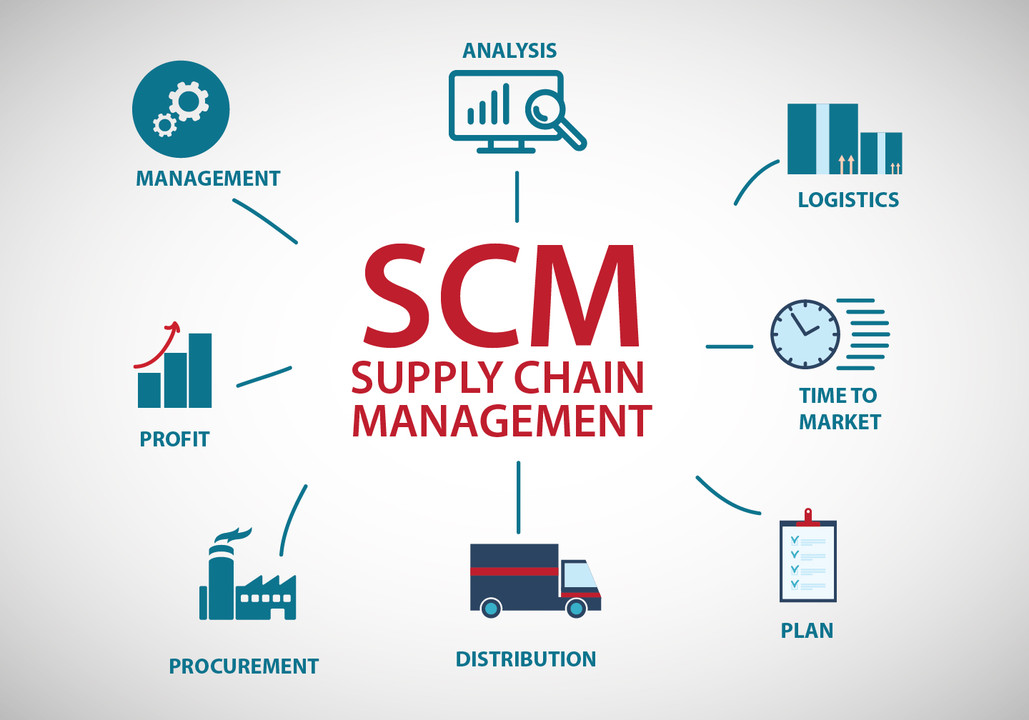Introduction
Supply chain management (SCM) is the heartbeat of modern business operations. It encompasses the planning, sourcing, manufacturing, distribution, and logistics processes that bring products and services to customers. In this article, we will explore the pivotal role of supply chain management in business success, its key components, and the evolving trends that are shaping the future of SCM.
The Significance of Supply Chain Management
Efficient supply chain management is not just a cost-saving measure; it is a strategic advantage that impacts a business in numerous ways:
- Cost Efficiency: A well-optimized supply chain can reduce production costs, minimize wastage, and lower operational expenses, leading to increased profitability.
- Customer Satisfaction: Timely delivery and consistent product availability enhance customer satisfaction and loyalty, boosting revenue and reputation.
- Risk Mitigation: Effective SCM can mitigate risks associated with supply chain disruptions, such as natural disasters, geopolitical issues, or economic fluctuations.
- Competitive Advantage: A streamlined supply chain allows businesses to respond quickly to changing market demands, gaining a competitive edge over rivals.
- Innovation and Growth: Supply chain optimization frees up resources and funds for innovation and expansion into new markets.
Key Components of Supply Chain Management
Supply chain management involves a series of interconnected components:
- Planning: Forecasting demand, setting inventory levels, and creating production schedules to meet customer needs.
- Sourcing: Identifying and selecting suppliers, negotiating contracts, and ensuring the timely delivery of materials and components.
- Manufacturing: Efficiently transforming raw materials into finished products while minimizing waste and maintaining quality.
- Logistics and Distribution: Managing the transportation, warehousing, and distribution of products to reach customers or retailers.
- Inventory Management: Balancing stock levels to avoid overstocking or understocking, reducing carrying costs and stockouts.
- Information Flow: Utilizing technology and data to track and optimize supply chain processes, enhancing visibility and decision-making.
Evolving Trends in Supply Chain Management
- Digital Transformation: The integration of technologies like IoT sensors, blockchain, and AI into SCM is improving visibility, data accuracy, and decision-making.
- Sustainability: Companies are increasingly focusing on sustainable practices, reducing carbon footprints, and ensuring ethical sourcing in their supply chains.
- Resilience: Supply chains are becoming more resilient through diversification of suppliers, nearshoring, and risk management strategies.
- E-commerce Growth: The rise of e-commerce has driven the need for faster, more flexible, and last-mile delivery solutions.
- Supply Chain Collaboration: Collaboration between stakeholders and suppliers is increasing, leading to improved coordination and efficiency.
Conclusion
Supply chain management is the backbone of modern business operations, driving efficiency, customer satisfaction, and competitiveness. As businesses continue to evolve, so does the role of SCM. Companies that prioritize supply chain optimization, innovation, and resilience are better positioned to adapt to a rapidly changing business landscape. In this era of global markets and digital transformation, effective supply chain management is not just a business function; it is a strategic imperative for sustainable growth and success.




